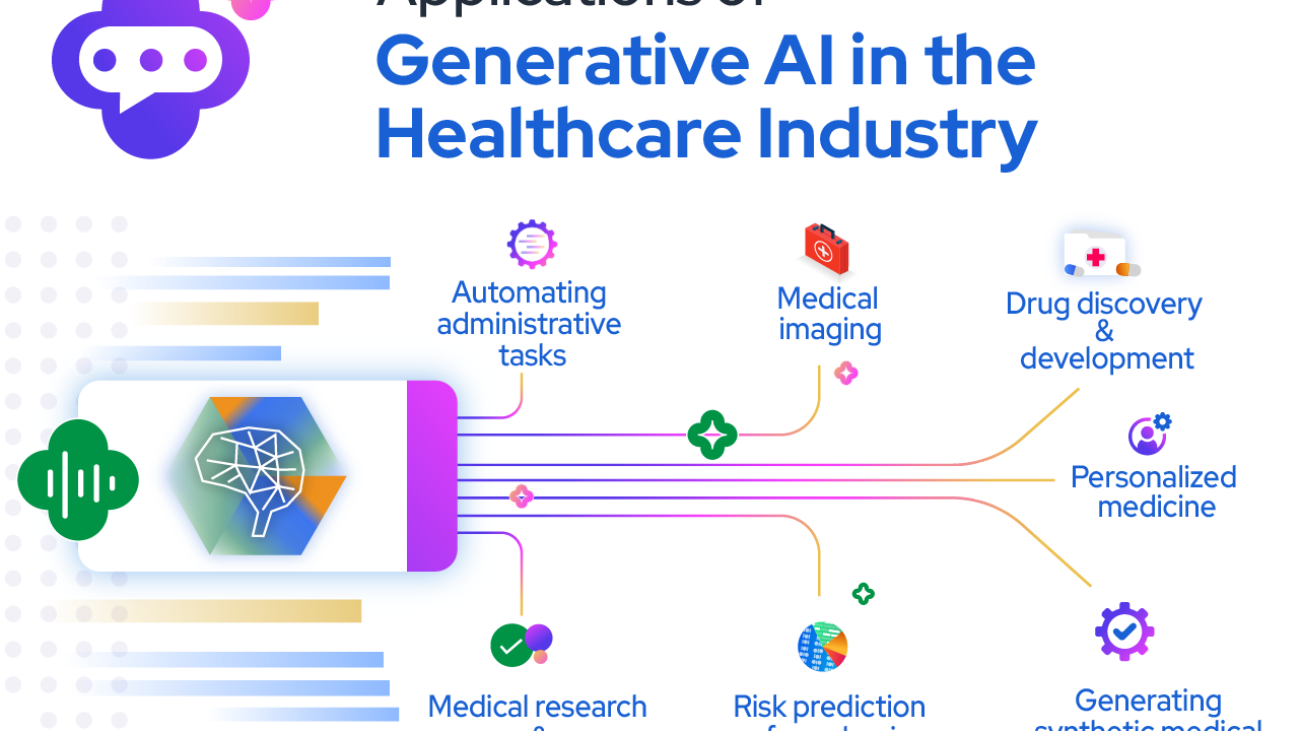In the ever-evolving landscape of healthcare, technology has become a pivotal force driving efficiency, accuracy, and innovation. Medical transcription, the process of converting voice-recorded medical reports into written text, has seen significant advancements thanks to technological innovations. This blog explores the role of technology in medical transcription, highlighting current trends and emerging innovations that are shaping the future of this essential service.
Transformative Impact of Speech Recognition
One of the most transformative technologies in medical transcription is speech recognition. Advanced speech recognition software can accurately transcribe spoken words into text, significantly reducing the time and effort required for manual transcription. Modern speech recognition systems are equipped with natural language processing (NLP) capabilities, allowing them to understand and accurately transcribe medical terminology and complex language structures. This not only enhances transcription speed but also improves the accuracy of medical records, contributing to better patient care.
Integration of Artificial Intelligence
Artificial intelligence (AI) is playing a crucial role in revolutionizing medical transcription. AI-powered transcription systems can learn and adapt to individual speech patterns and accents, further enhancing accuracy. These systems can also identify and flag potential errors or inconsistencies in the transcribed text, ensuring a higher quality of documentation. Additionally, AI can assist in automating routine tasks, such as formatting and structuring documents, allowing human transcribers to focus on more complex and nuanced aspects of transcription.
Cloud-Based Transcription Services
Cloud technology has brought about significant improvements in the accessibility and scalability of medical transcription services. Cloud-based transcription platforms enable healthcare providers to upload voice recordings and receive transcribed documents from anywhere, at any time. This flexibility is particularly beneficial for large healthcare organizations with multiple locations. Moreover, cloud-based solutions offer enhanced data security and compliance with regulations such as HIPAA, ensuring that patient information is protected and confidential.
Mobile and Remote Transcription Solutions
The rise of mobile technology has led to the development of mobile transcription solutions that allow healthcare providers to dictate and review medical reports using their smartphones or tablets. These mobile applications often integrate with electronic health record (EHR) systems, streamlining the workflow and ensuring that transcriptions are readily available for clinical use. Remote transcription solutions also enable transcribers to work from various locations, providing flexibility and ensuring that transcription services are available around the clock.
Enhanced Data Analytics and Reporting
Technological advancements have also enhanced data analytics and reporting capabilities in medical transcription. Transcription systems equipped with advanced analytics tools can generate insightful reports on transcription accuracy, turnaround times, and other key performance indicators. These insights can help healthcare organizations identify areas for improvement, optimize workflows, and ensure that transcription services meet the highest standards of quality and efficiency.
Future Trends and Innovations
Looking ahead, the future of medical transcription will likely be shaped by further advancements in AI, machine learning, and automation. Emerging technologies such as real-time transcription and voice biometrics are poised to take medical transcription to the next level, offering even greater accuracy and security. Additionally, the integration of transcription services with advanced EHR systems and telemedicine platforms will further streamline healthcare operations and enhance patient care.
Conclusion
Technology has undeniably transformed medical transcription, making it more efficient, accurate, and accessible. From speech recognition and AI to cloud-based solutions and mobile applications, technological innovations are driving significant improvements in how medical transcription services are delivered. As these trends and innovations continue to evolve, medical transcription will remain a vital component of modern healthcare, ensuring that accurate and timely medical documentation supports high-quality patient care.


